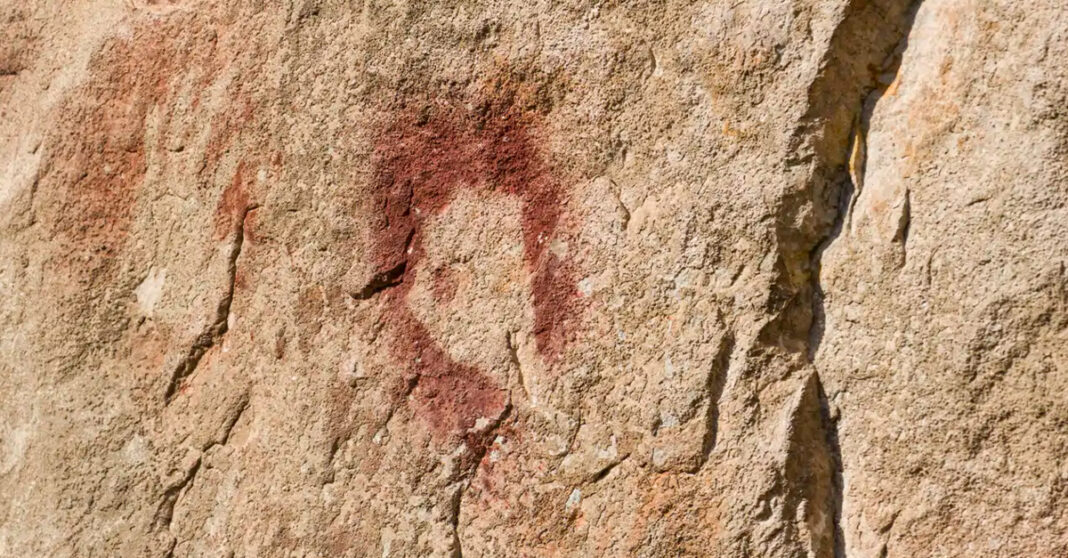In the central Khammouane Province, a cave known locally as Tham Pha Mue, “Hidden Hands”, has turned out to be one of the most important prehistoric discoveries in Laos.
A recent report by National Geographic highlights just how remarkable this site is: over 200 ancient rock paintings, including handprints, animals, and mysterious symbols, some placed so high up that the people who made them must have used scaffolding.
The cave was first found in the 1990s by a hunter from Baan Khoun Ngeun, who was chasing mountain goats. But it wasn’t until 2024 that an international team of archaeologists formally studied the site. Since then, it’s become clear that Tham Pha Mue is one of the richest rock art sites in the country, and possibly in all of mainland Southeast Asia.
Many of the paintings are red or orange, made with natural pigments. The most common images are hand stencils, some with shortened fingers, others tiny enough to be from children. There are also stick-like human figures, animals (especially what looks like mountain goats), and geometric shapes like zigzags and dots.
Some of the handprints are placed over 14 meters above the ground, meaning the artists likely climbed or built something to reach those spots.
One unique image shows a closed fist, something never seen before in rock art from this region, and another shows a hand wearing what might be a bracelet. These little details suggest the art meant something deeper than just decoration.
What’s also interesting is how similar some of these paintings are to rock art in Thailand and Malaysia. It points to the idea that prehistoric communities across Southeast Asia may have shared certain styles or symbols, even if they never met face to face.
So far, scientists haven’t been able to date the paintings exactly, but they’re planning to use a technique called uranium-series dating, which measures mineral deposits that formed over the paintings.
If it works, it could finally give us solid dates for when the art was made, something that’s been missing from mainland Southeast Asia until now.
The cave isn’t just a prehistoric site, though. A modern image of a white Buddha was added around 2012 by local villagers, showing that the space still holds spiritual meaning today, just as it likely did thousands of years ago.
The project is being led by experts from Laos, Spain, and France, and includes community involvement from nearby villages. Locals have been trained to help protect the site, and there are early talks about controlled, small-scale tourism in the future.



